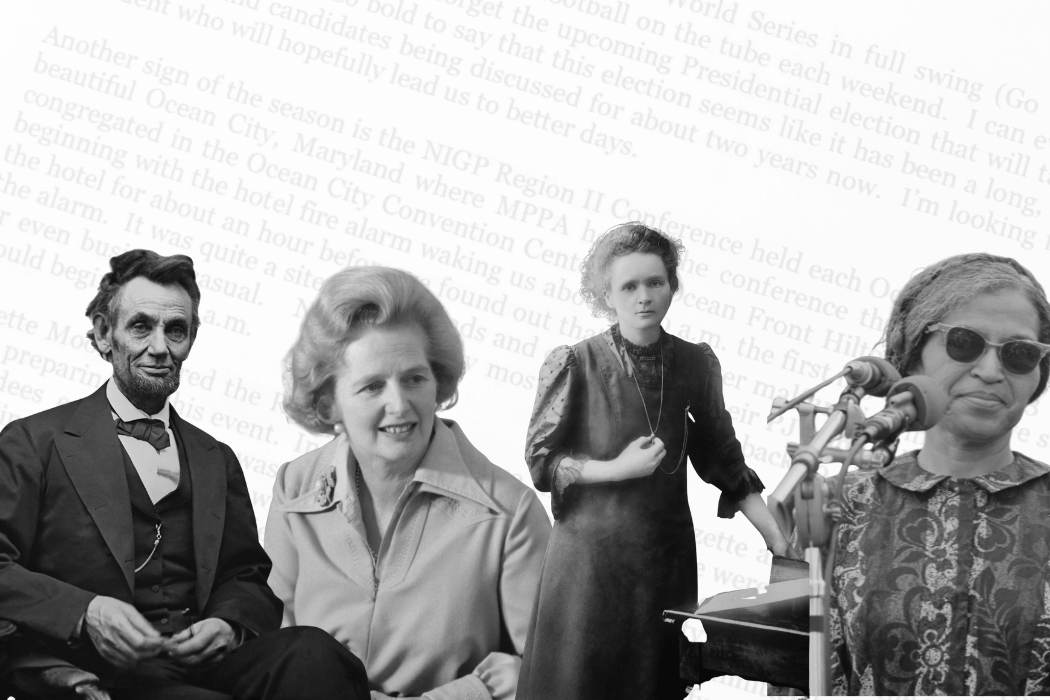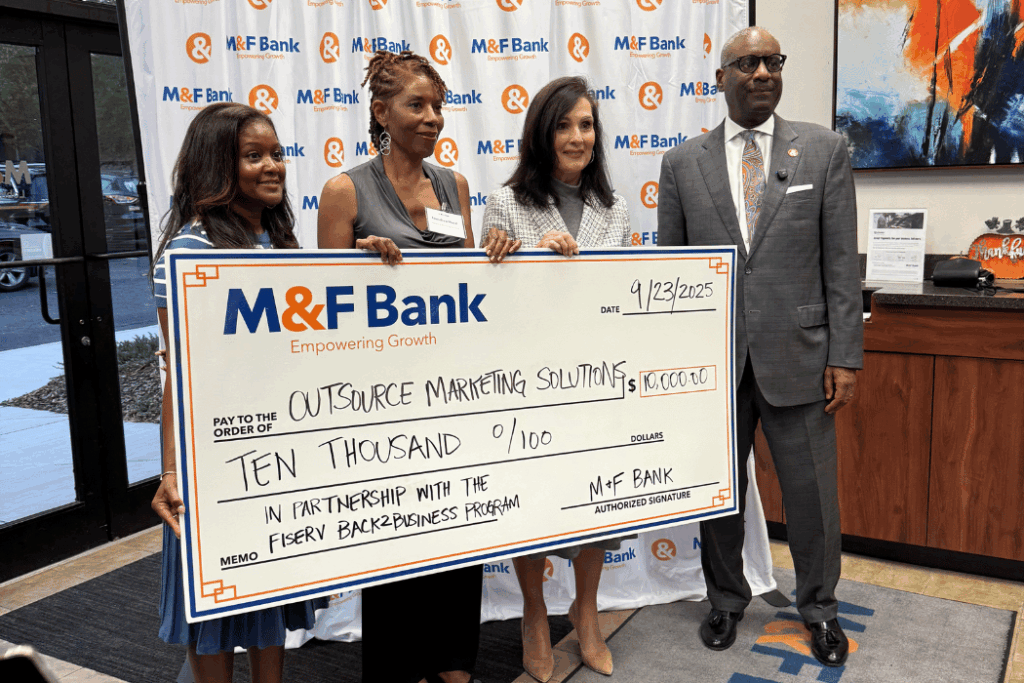
Chris woke up the morning after landing the biggest contract of his career. The pitch had gone better than he imagined. He called Mira, his manager.
Mira had helped him shape his presentation from the ground up. Together, they had taken a scattered set of work experiences and turned it into a simple story.
When you think about storytelling in speeches, you might envision one of those online short-but-high-impact-talks–but those are about introducing novel ideas worth sharing.
You could also imagine high school or college speech and debate, which is about persuasion through research or dramatics–but storytelling in speeches is much simpler.
You don’t need to be a “Technology, Entertainment, or Design” speaker or debate champion to grasp it.
Over 90 percent of narratives fall into one of four major themes. It’s called the E.P.I.C. system.
E is for EVOLVE.
Marie Curie. The Wright Brothers. Iron Man.
These are stories about evolution. They celebrate innovators, inventors, changemakers, and dreamers. They’re the people who look at Robert Kennedy’s quote “Some men see things as they are and ask why. I dream of things that never were and ask why not?” and nod enthusiastically.
Stories of evolution are fundamentally about transformation of individuals, of societies, of what’s possible. They follow characters who don’t settle for the status quo. These narratives resonate because they inspire growth. Whether it’s a scientist defying gender norms, siblings chasing flight, or a billionaire building a better suit (and better conscience), the arc is always forward.
P is for PERSIST.
Rosa Parks. Nelson Mandela. Katniss Everdeen.
These are stories about people who couldn’t be broken. They stood up for their principles and refused to bend the knee, take a seat, or crack under pressure. Winston Churchill said, “If you’re going through hell, keep going.” These folks agree.
Persistence narratives are anchored in resilience. They show what it looks like to be tested and still stand firm. What makes these stories powerful is the character’s refusal to let that hardship define them. Audiences connect with persistence stories when they’re wondering if their efforts matter. These tales reassure us that grit has value.
I is for ILLUMINATE.
Sir David Attenborough. Bill Nye. Ms. Frizzle.
These are stories that introduce audiences to things they never knew. They’re informative, expository, and guide us to see things in a new light. Helen Keller expressed “Knowledge is love and light and vision.” These stories illuminate us with knowledge.
Illumination stories focus our attention on truths we’ve never thought to explore. They’re especially powerful when they take complex or overlooked topics and make them feel real and urgent. Through metaphor, humor, data, or dramatic storytelling, the speaker becomes a guide. These narratives work best when your goal is to lay the foundation for a call to action.
C is for CONNECT.
Fred Rogers. Dolly Parton. Ted Lasso.
These are stories about love, togetherness, and powerful statements of shared humanity. Albert Camus once warned, “Man is an idea, and a precious small idea – once he turns his back on love.”These narratives broaden and deepen our bonds.
Connection stories are the emotional glue of any presentation. They bypass logic and go straight for the heart. When your aim is to build trust or unify a team, connection stories are essential. They allow audiences to feel seen. In an increasingly fragmented world, stories that connect us remind us why we’re all in this together.
Final Takeaways:
1. Frame your story by asking yourself which kind of universal theme (Evolve, Persist, Illuminate, Connect) best captures its heart.
2. If you’re still in the “before” stage and haven’t yet considered E.P.I.C. storytelling, what will your “after” look like?













